The Resolution of the 20th Provincial Party Congress identified agricultural economic development as a pillar to ensure sustainable development, improve farmers' lives and increase competitiveness in the market.
Safe Achyranthes bidentata production model, developing OCOP products in Thong Nhat commune (Hung Ha).
Implementing the Resolution of the 20th Provincial Party Congress, from 2021 to 2023, the province has built and deployed 33 agricultural economic development models in 7 districts. These models are not only a driving force for production but also position the Thai Binh agricultural product brand in the domestic and international markets. The models focus on a variety of areas such as increasing the production value of rice, vegetables, medicinal herbs, growing native plants, producing ornamental flowers and plants, handmade salt and aquaculture. With a synchronous and comprehensive approach, these models have opened up a new direction for Thai Binh agriculture, contributing to improving farmers' lives.
Among the economic development models, increasing the value of rice production has received special attention with 16 models, the rest are models to increase the value of vegetables, medicinal plants, ornamental plants, etc. A typical example is the traditional fragrant sticky rice production model of Vu Tay in Tay Son commune (Kien Xuong). Thanks to the application of modern farming techniques and production reorganization, the growing area has expanded from 30 hectares in 2021 to 70 hectares in the 2024 crop. Vu Tay fragrant sticky rice products have met the 3-star OCOP standard and are highly appreciated by consumers for their outstanding quality. The infrastructure for preliminary processing and processing of rice has also been invested in a systematic manner, contributing to increasing product value and expanding the consumption market.
Members of Van Dai Lotus Cooperative harvest lotus flowers.
This is also the model of Van Dai Lotus Cooperative, Chi Hoa Commune (Hung Ha). Established in 2021 with the goal of turning lotus into a key crop, developing according to the value chain and linking it with eco-tourism . After 4 years of converting 5.6 hectares of ineffective rice land, the Cooperative has implemented a planning plan and renovated it to grow lotus. To date, the Cooperative has successfully developed 3 3-star OCOP products: lotus leaf tea, lotus-scented tea and dried lotus seeds.
Ms. Nguyen Thi Chien, Deputy Director of Van Dai Lotus Cooperative, said: The model of growing 15 varieties of lotus and 8 varieties of water lilies. Each variety has its own efficiency and productivity, and in terms of economic efficiency, the profit is 3-4 times higher than rice cultivation. Although lotus is grown on a large area, the output for the products of the cooperative is very favorable because many customers know about it through the website and Facebook to visit, buy and order the products of the cooperative. After the lotus crop, the cooperative is currently growing 2 hectares of gladiolus, 7,000 azaleas, 5,000 tea trees, 1,000 yellow apricot trees... to serve the Tet market. The favorable production and business not only brings high income to the cooperative members but also creates stable jobs for over 20 local workers.
After the lotus crop, Van Dai Lotus Cooperative grows flowers to serve the Tet market.
From agricultural economic development models, Thai Binh has established 14 new cooperatives, helping farmers link production and product consumption.
According to Ms. Nguyen Thi Nga, Deputy Director of the Department of Agriculture and Rural Development, these models have reorganized crop production, changed the thinking of producers, especially repositioned the rice production industry, creating a new image for Thai Binh agricultural products. Building a guaranteed product supply chain from the stages of production organization, preliminary processing, processing, and consumption of agricultural products, especially applying digital technology in production and marketing, has helped Thai Binh agricultural products easily reach customers. This is an important factor in the context of fierce market competition, when consumers increasingly pay attention to the quality and origin of products.
Despite many successes, the models still face many challenges, including climate change, high input costs, and competitiveness in the international market. To overcome these challenges, in the coming time, Thai Binh will continue to promote technology transfer, apply scientific and technical advances to production to improve productivity and product quality. Develop value chains, strengthen links between production, processing, and consumption to increase added value for agricultural products. Build agricultural product brands, promote promotion, register trademarks, and geographical indications for the province's specialty products. Create favorable conditions in terms of capital, land, and preferential policies to encourage businesses and farmers to invest in production.
Agricultural economy is not only a pillar but also a driving force for the sustainable development of Thai Binh. With the right direction and continuous efforts, the province has been affirming its position as one of the leading localities in the country in developing modern and sustainable agriculture. Implementing effective agricultural models, building brands, and promoting production linkages are strategic steps for Thai Binh to continue to reach out and contribute positively to the development of the country's agriculture.
Minh Nguyet
Source: https://baothaibinh.com.vn/tin-tuc/4/213337/dong-luc-tu-kinh-te-nong-nghiep-trong-phat-trien-ben-vung


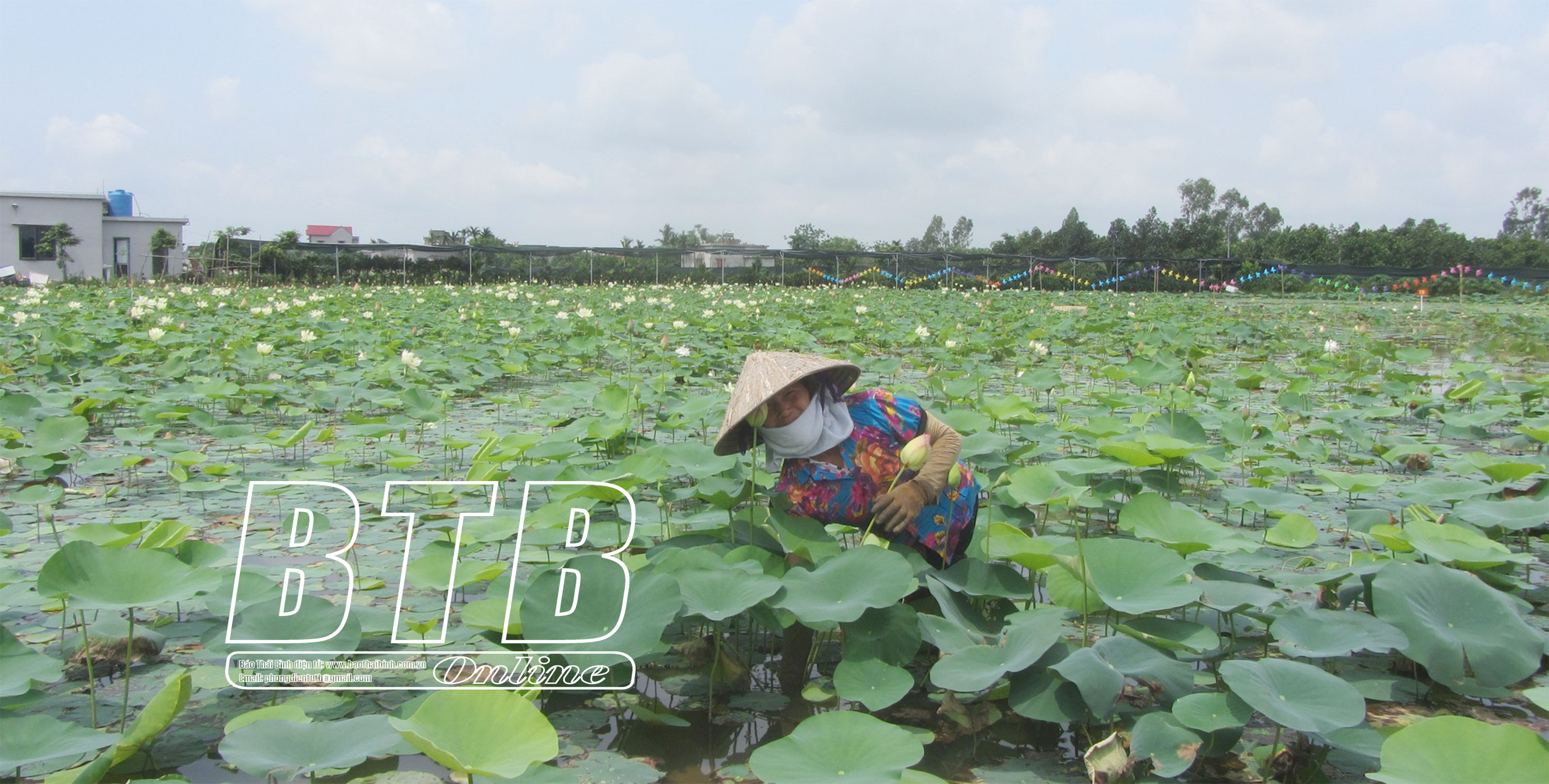
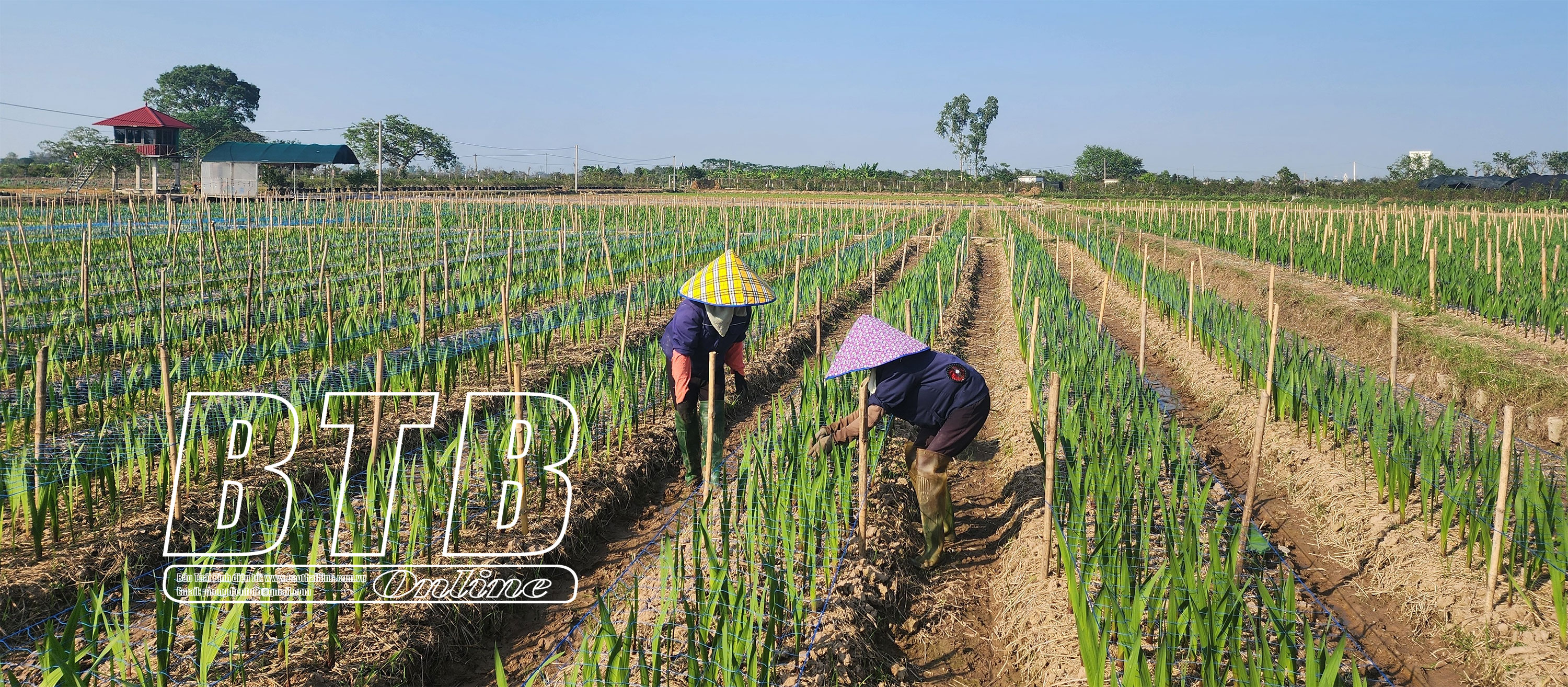
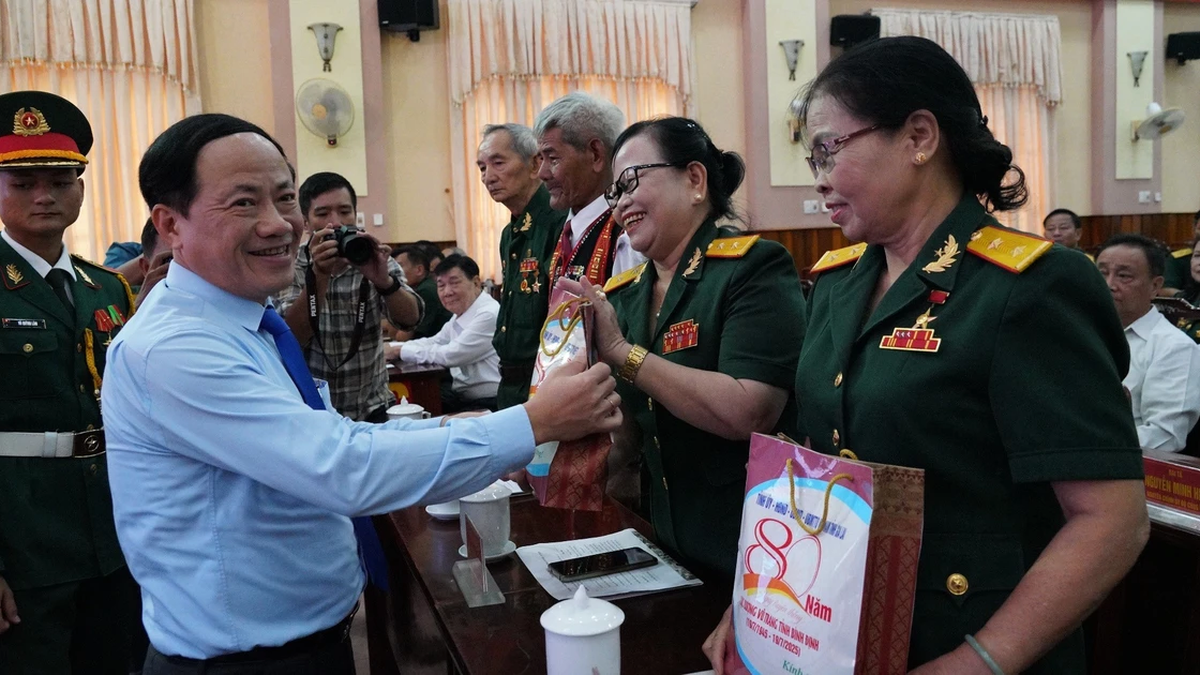

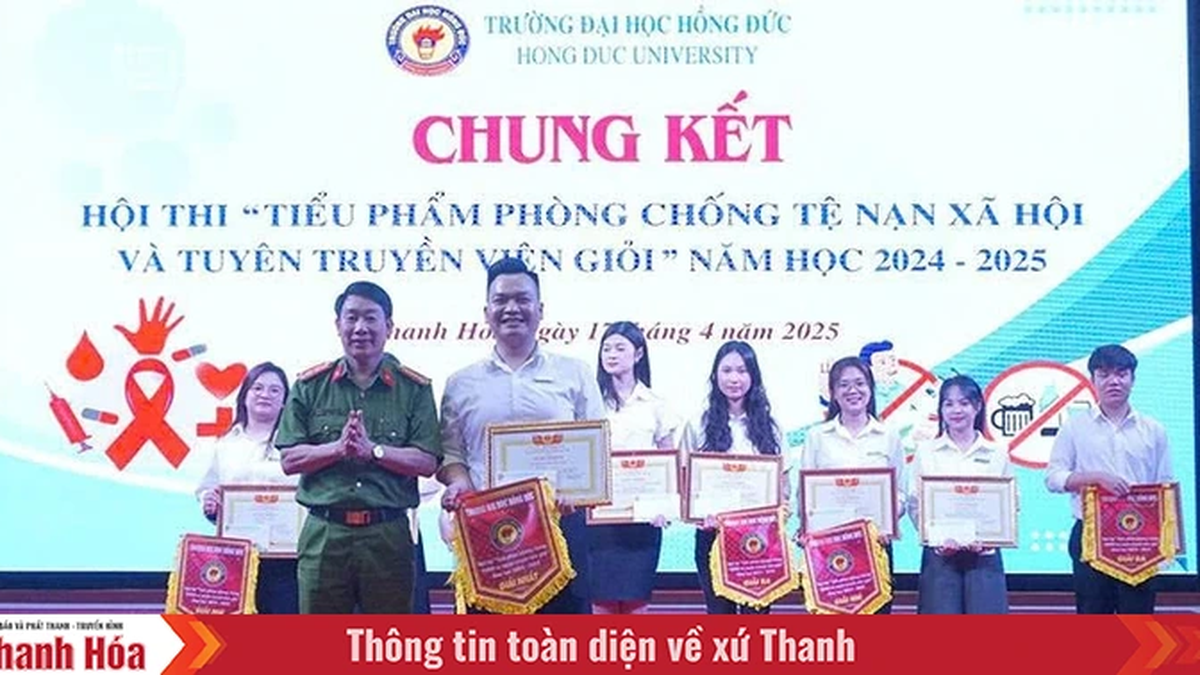

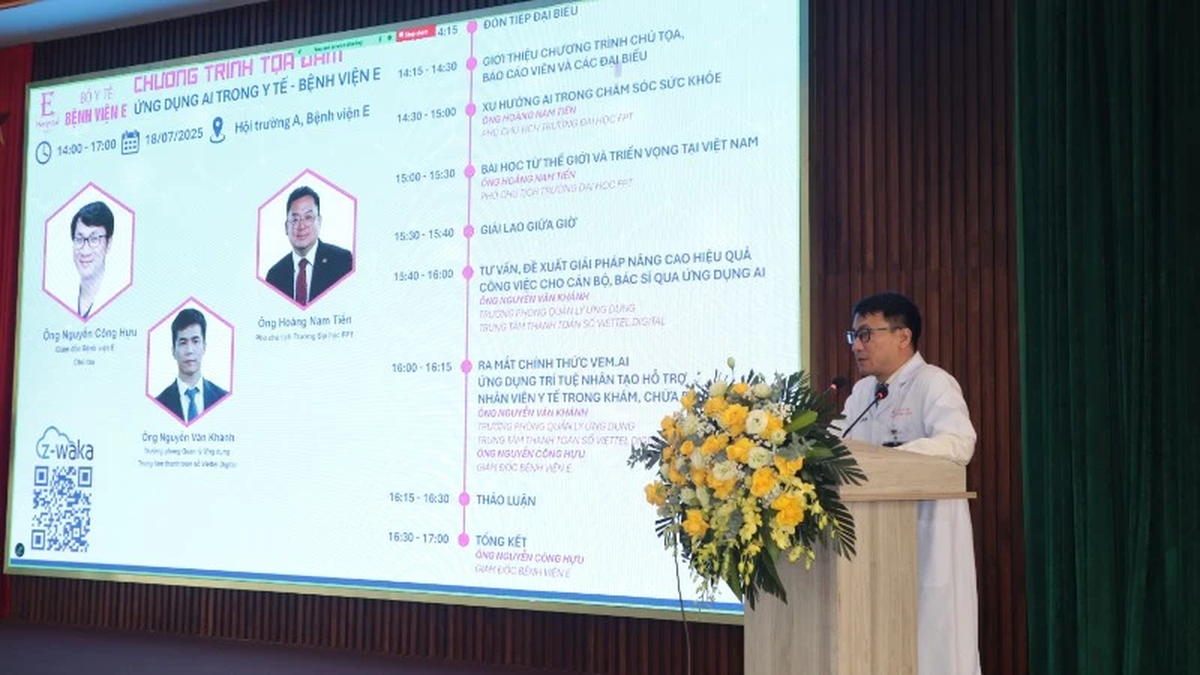
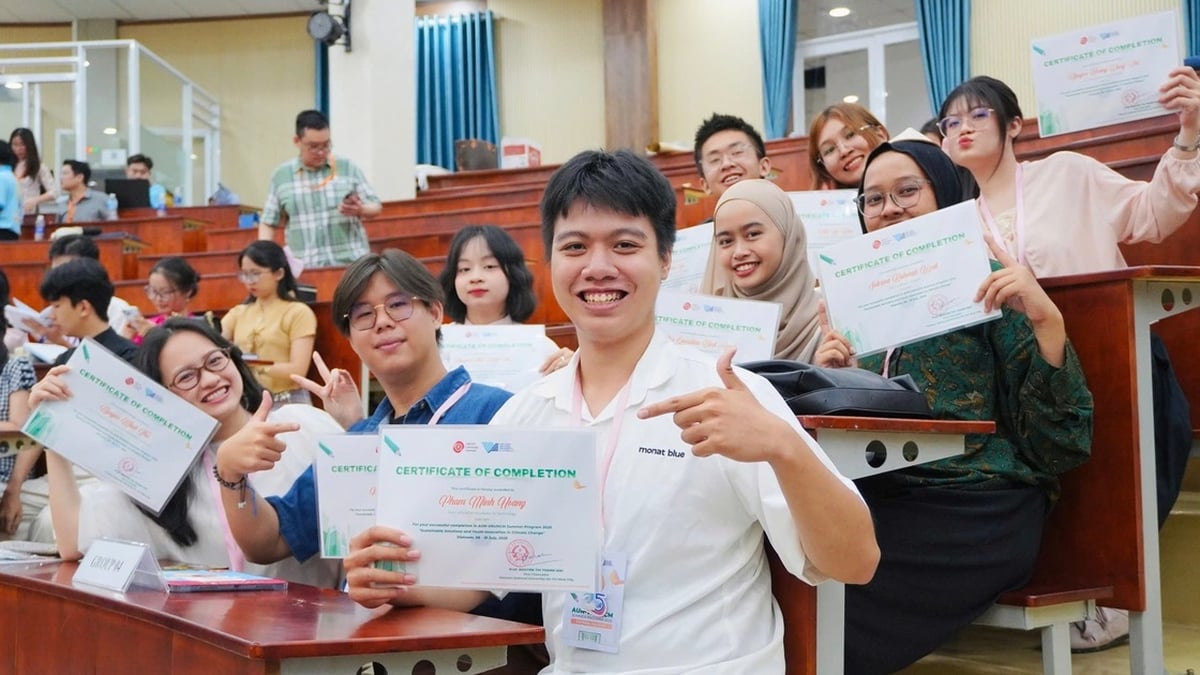


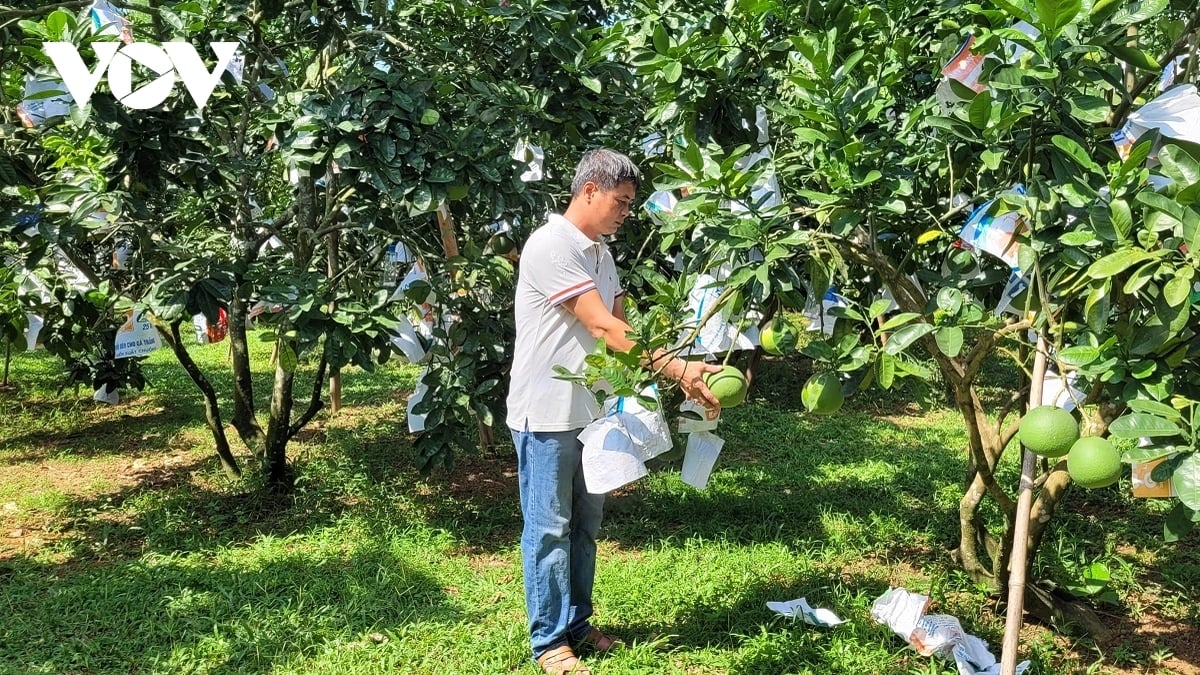

















































































![[Infographic] In 2025, 47 products will achieve national OCOP](https://vphoto.vietnam.vn/thumb/402x226/vietnam/resource/IMAGE/2025/7/16/5d672398b0744db3ab920e05db8e5b7d)





Comment (0)